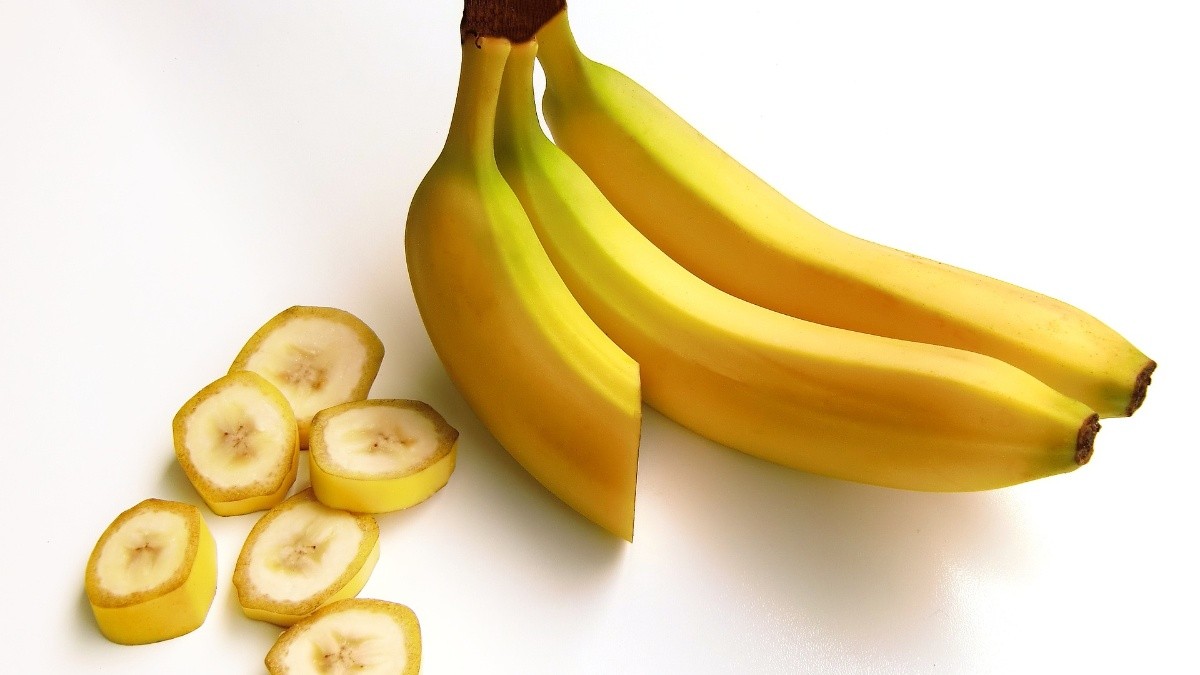Golden Secrets: Simple Tips to Keep Bananas Perfectly Yellow and Fresh!

It's a familiar scenario: you buy a fresh bunch of vibrant yellow bananas, envisioning them as perfect grab-and-go snacks or smoothie stars. But almost in the blink of an eye, those sunny hues turn to mottled brown, and the firm flesh softens into a mushy, overripe state. While brown bananas are fantastic for baking (hello, banana bread!), they're not always what you want for your morning oatmeal or fruit salad.
The culprit behind this rapid transformation is ethylene gas, a natural plant hormone that bananas produce, which signals them (and nearby fruits!) to ripen. As bananas ripen, they produce more ethylene, accelerating the process. It's a natural cycle, but one we can cleverly influence to extend their golden glory.
"Understanding how bananas ripen is key to slowing down the process," explains Dr. Evelyn Reed, a food scientist with a knack for practical kitchen hacks. "It's all about managing that ethylene gas and protecting the fruit's delicate skin."
So, if you're tired of watching your bananas go from perfect to brown overnight, here are some friendly, practical tips and clever hacks to keep them perfectly yellow for much longer:
1. Separate Them!
This is perhaps the most fundamental tip, directly addressing the ethylene issue.
The Problem: Bananas ripen faster when they're kept in a bunch because the ethylene gas they produce gets trapped among them, accelerating the ripening of the entire cluster.
The Solution: As soon as you get your bananas home, separate them from the bunch. Break them off individually.
Why it Works: This simple act allows the ethylene gas to dissipate more freely, reducing the concentrated exposure that speeds up ripening. Each banana then ripens at its own slightly slower pace.
2. Wrap the Stems (The Crown Jewels!)
The top of the banana, the stem (or crown), is where most of the ethylene gas is released.
The Problem: Ethylene escapes from the stem, promoting ripening.
The Solution: Take a small piece of plastic wrap (cling film) and tightly wrap the stems of your separated bananas. For extra protection, you can even put them in a small, sealed bag.
Why it Works: This creates a barrier that traps the ethylene gas at the stem, preventing it from spreading over the rest of the fruit and slowing down the ripening signals. Some people even use specialized banana hangers with plastic caps for the same effect!
3. Keep Them Away from Other Ripening Fruits
Ethylene gas isn't just produced by bananas; many other fruits, like apples, avocados, and tomatoes, also produce it, and they can speed up the ripening of your bananas.
The Problem: Storing bananas next to ethylene-producing fruits creates a high-ethylene environment, causing your bananas to ripen even faster.
The Solution: Store your bananas in a designated spot, away from your fruit bowl containing other ripeners.
Why it Works: This minimizes their exposure to external ethylene, allowing them to ripen at their natural, slower rate.
4. Use Lemon or Lime Juice for Sliced Bananas
Once a banana is peeled or sliced, its flesh is exposed to oxygen, which causes enzymatic browning. This doesn't necessarily mean it's "bad," but it doesn't look appealing.
The Problem: Oxidation causes sliced bananas to turn brown very quickly.
The Solution: If you're using only part of a banana, or preparing slices for a fruit salad, sprinkle or brush the exposed flesh with a little lemon or lime juice.
Why it Works: The citric acid in the juice acts as an antioxidant, inhibiting the enzymes that cause browning. This keeps your banana slices looking fresh for hours.
5. Refrigerate (Only When They're Ripe!)
This is a hotly debated tip, but it's crucial to get the timing right.
The Problem: Refrigerating green bananas can stop their ripening process entirely, leaving them with an unpleasantly starchy texture and a dull taste.
The Solution: Only place bananas in the refrigerator once they have reached your desired ripeness (typically bright yellow). The cold temperature will significantly slow down the ripening enzymes and ethylene production.
Why it Works: While the peel might still turn brown or black in the fridge (due to the cold affecting the pigments in the skin), the flesh inside will remain firm and yellow for several more days. Just be prepared for the exterior to change color!
6. Freeze for Long-Term Storage (When All Else Fails!)
If your bananas are about to go past their prime, freezing is your best friend for future use.
The Problem: You have too many ripe bananas and can't eat them all before they spoil.
The Solution: Peel them, slice them into manageable chunks, and place them in a freezer-safe bag or airtight container.
Why it Works: Freezing halts the ripening process completely. Frozen banana slices are perfect for smoothies, "nice cream," or baking.
By incorporating these simple yet effective strategies into your routine, you can significantly extend the life of your fresh bananas, ensuring you always have a perfectly yellow, delicious snack ready when you need it. No more frantic banana bread baking out of necessity – now, it can be a choice!
Post a Comment